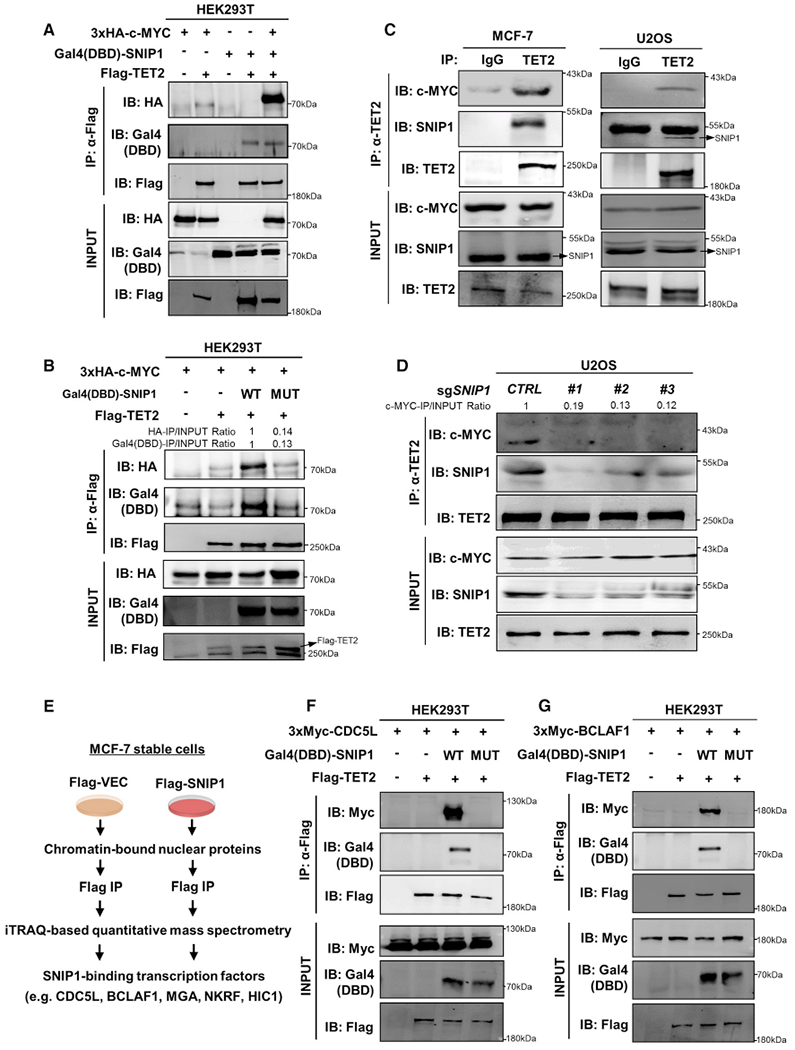Figure 3. SNIP1 Mediates the Interaction between TET2 and Several Transcription Factors, Including c-MYC.

(A) SNIP1 bridges TET2 binding with c-MYC. Plasmids expressing the indicated proteins were transiently transfected in HEK293T cells. TET2 protein was purified by immunoprecipitation with Flag beads, followed by western blot to detect the co-precipitated Gal4(DBD)-SNIP1 and HA-c-MYC with antibodies against Gal4-DBD and HA, respectively.
(B) K30/P100/K108 residues in the N-terminal domain of SNIP1 are crucial for TET2-SNIP1-c-MYC complex formation. Plasmids expressing the indicated proteins were transiently transfected in HEK293T cells. TET2 protein was purified by immunoprecipitation with Flag beads, followed by western blotto detect the co-precipitated Gal4(DBD)-SNIP1 and HA-c-MYC with antibodies against Gal4-DBD and HA, respectively.
(C) Endogenous TET2 interacts with SNIP1 and c-MYC in MCF-7 and U2OS cells. TET2 protein in the indicated cells was immunoprecipitated with a TET2 antibody and followed by western blot to detect the co-precipitated endogenous SNIP1 and c-MYC. Rabbit IgG was used as a negative control.
(D) SNIP1 is essential for TET2 and c-MYC interaction. SNIP1 knockout U2OS cells were generated by three different sgRNAs (#1, #2, and #3). CTRL, control sgRNA. TET2 protein was immunoprecipitated and followed by western blot to detect the co-precipitated endogenous SNIP1 and c-MYC.
(E) Schematic representation of the mass spectrometry assay to identify SNIP1-binding transcription factors. In MCF-7 stable cells with knockdown of endogenous SNIP1 and put-back of Flag-tagged empty vector or SNIP1, chromatin-bound nuclear proteins were isolated, followed by immunoprecipitation with Flag beads. The immunoprecipitated proteins were then proceeded with isobaric tags for relative and absolute quantification by mass spectrometry.
(F and G) SNIP1 bridges TET2 binding with other transcription factors. Plasmids expressing the indicated proteins were transiently transfected in HEK293T cells. TET2 protein was purified by immunoprecipitation with Flag beads, followed by western blot to detect the co-precipitated Gal4(DBD)-SNIP1 and Myc-CDC5L (F)or Myc-BCLAF1 (G) with antibodies against Gal4-DBD and Myc tag, respectively.
